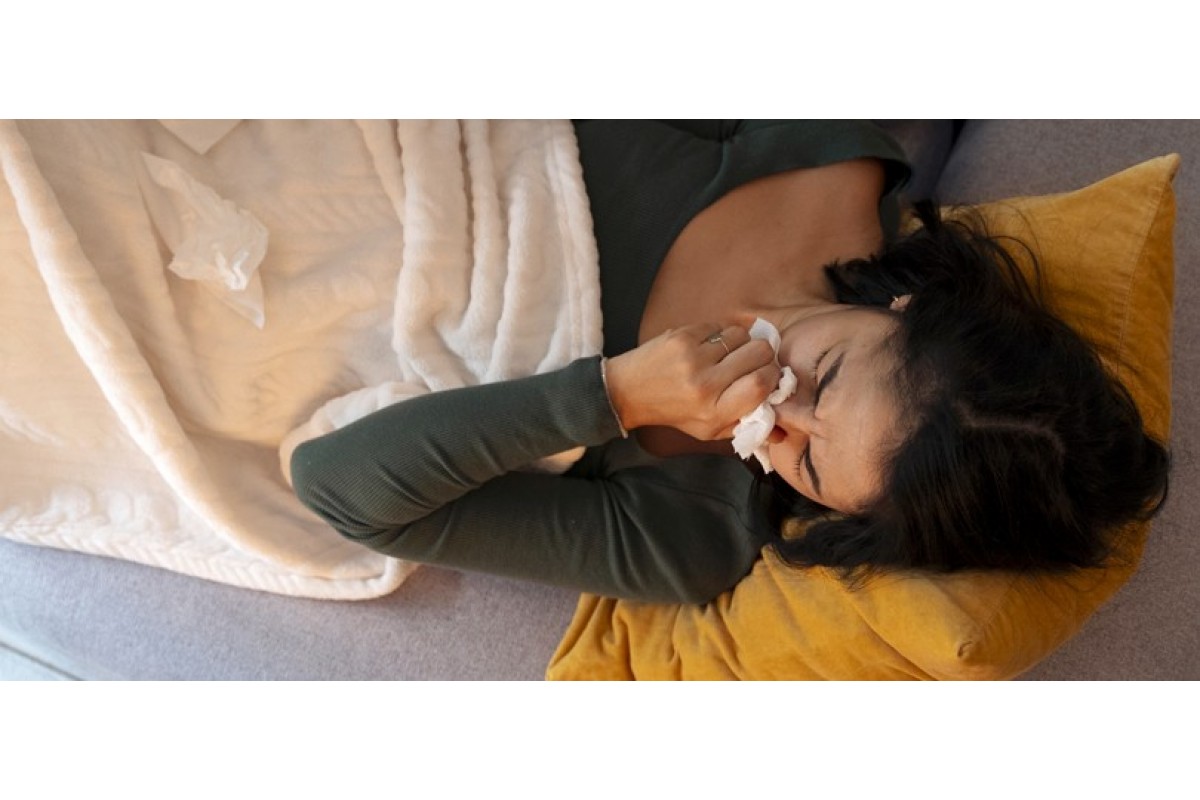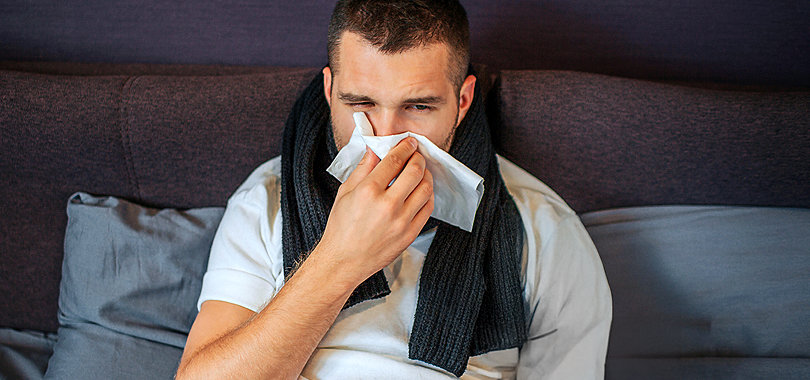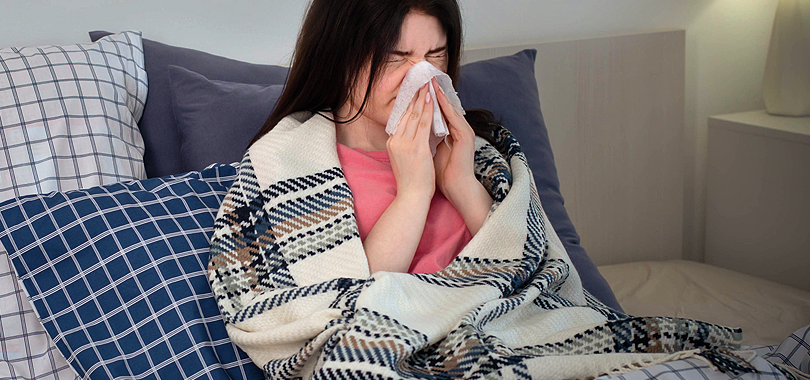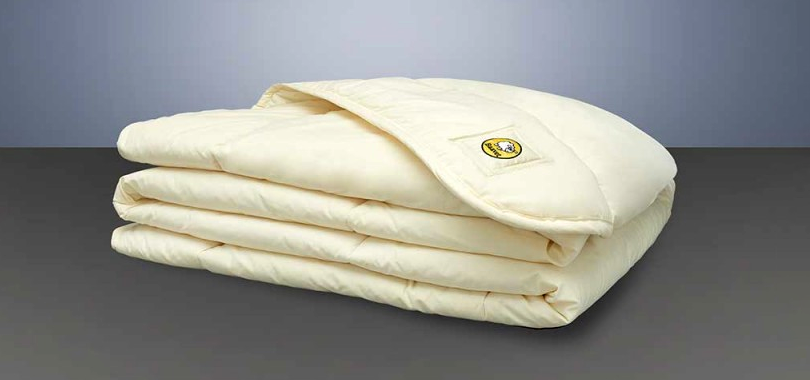
Nighttime Allergies – Hay Fever or Allergic Rhinitis?
If you find yourself sneezing, sniffling, or struggling to sleep at night due to allergy-like symptoms, you might assume it's hay fever. However, these symptoms could also indicate allergic rhinitis, a condition that shares many similarities with hay fever but requires a different approach to manage. Understanding the difference between the two is crucial for finding the right relief—especially when symptoms seem to flare up at night.

Hay Fever vs. Allergic Rhinitis: Key Differences
Both hay fever (seasonal allergic rhinitis) and allergic rhinitis (perennial or non-seasonal) are caused by allergens, but their triggers and timelines differ:
Hay Fever (Seasonal Allergic Rhinitis)
Allergic Rhinitis (Perennial)
Main Triggers
Pollen from trees, grasses, and weeds
Indoor allergens like dust mites, pet dander, and mould
Seasonality
Occurs mainly in spring, summer, or autumn
Present year-round
Symptoms Flare-Up
Outdoors, especially on windy days
Indoors, particularly at night or in dusty environments
Common Symptoms
Sneezing, runny nose, itchy eyes, nasal congestion
Similar to hay fever but often includes persistent nasal congestion and post-nasal drip
Worse at Night?
Less likely unless pollen is trapped in hair or bedding
More likely due to prolonged indoor allergen exposure
While both conditions lead to symptoms like sneezing, nasal congestion, and itchy eyes, nighttime symptoms tend to be more pronounced with allergic rhinitis, as the allergens are more concentrated indoors.

Why Do My Symptoms Feel Worse at Night?
Many people experience intensified allergy symptoms at night, making it harder to breathe comfortably or get restful sleep. Several factors contribute to this nighttime worsening, particularly for those with allergic rhinitis.
Dust Mites in Bedding
One major cause is exposure to dust mites, which thrive in mattresses, pillows, and bedding. Unlike hay fever, which is triggered by outdoor allergens, allergic rhinitis often results from prolonged contact with indoor allergens. As you settle into bed, dust mite allergens become airborne, increasing congestion and irritation.
Poor Ventilation
Another factor is poor ventilation in bedrooms. Many people close their windows at night to block out pollen or noise, inadvertently trapping indoor allergens. This enclosed space allows allergens to accumulate, leading to persistent symptoms like sneezing, congestion, and itchy eyes.
Post-Nasal Drip & Sleeping Position
When allergens trigger excess mucus production, it doesn’t drain as efficiently when lying down. Instead, it pools in the back of the throat, causing irritation, a persistent cough, and an uncomfortable urge to clear the throat. This can lead to irritation, coughing, and disrupted sleep. If you often wake up with a dry, scratchy throat or a lingering cough, post-nasal drip could be a contributing factor.
Pollen Transfer from Clothing
For those with hay fever, pollen transfer from clothes or hair can be an issue. Even though pollen is primarily an outdoor allergen, it can cling to your skin, clothing, and hair throughout the day. If not removed before bed, these particles can settle on pillows and sheets, causing overnight exposure that triggers symptoms.

How to Identify the Cause of Your Symptoms
If you're unsure whether you're dealing with hay fever or allergic rhinitis, consider these clues:
Timing
Symptoms that worsen outdoors and are seasonal likely indicate hay fever, while persistent indoor symptoms suggest allergic rhinitis.
Triggers
Freshly cut grass, flowers, and windy days suggest hay fever, while dust, pets, or damp environments point to allergic rhinitis.
Testing
Allergy tests (skin or blood tests) can help pinpoint specific triggers. Consulting an allergist is recommended, especially if symptoms persist or are unclear. Testing can provide a more precise diagnosis and help you tailor your treatment plan for the best results.

Managing Symptoms Effectively
If you're dealing with nighttime allergy symptoms, creating a low-allergen sleep environment can significantly improve your comfort and reduce the need for medications. Here are some strategies to help manage your symptoms:
Switch to Hypoallergenic Bedding
One of the most effective changes you can make is to replace your traditional bedding with the best hypoallergenic options.
Wool duvets, for example, are naturally resistant to dust mites, a common trigger for allergic rhinitis. Additionally, wool regulates moisture, which can help prevent the growth of mould and mildew in bedding, further reducing allergens.
Other hypoallergenic bedding options, such as wool mattress protectors and pillows, can provide an extra layer of protection.
Regular Cleaning
Keeping your bedroom free from allergens is key. While it’s important to regularly wash your sheets, pillowcases, and blankets in hot water to kill dust mites, wool bedding provides a distinct advantage. Wool is naturally clean and resistant to dust mites and other allergens, so it doesn’t require frequent washing. Instead, for normal use, simply refresh your duvet biannually by airing it outdoors on a sunny day. This will naturally cleanse and rejuvenate the wool fillings.
In addition to maintaining your bedding, regularly vacuum the floors and upholstery with a HEPA filter vacuum to capture dust and pet dander. Consider using an air purifier with a HEPA filter to remove airborne particles in your bedroom.
Control Humidity
Dust mites and mould thrive in humid environments. Using a dehumidifier in your bedroom can help maintain an optimal humidity level, preventing these allergens from multiplying. Aim for a humidity level between 30% and 50% to keep your room comfortable and allergen-free.
Minimise Pet Exposure
If you have pets, consider keeping them out of the bedroom to minimise exposure to pet dander. Pet dander can be difficult to remove from bedding and upholstery, so limiting their presence in areas where you sleep can help reduce nighttime allergy flare-ups.
Use Allergy Medications Wisely
While creating a low-allergen sleep environment is important, medications can still play a role in managing your symptoms. Over-the-counter antihistamines, nasal sprays, or decongestants can help alleviate symptoms, but they are most effective when used in combination with environmental changes.

When to Seek Professional Help
If your allergy symptoms persist or worsen despite efforts to manage them, it may be time to consult a healthcare professional. Persistent symptoms that don’t improve with over-the-counter treatments should be evaluated to identify the underlying cause. Severe symptoms, such as difficulty breathing, nosebleeds, or extreme sinus pressure, also warrant medical attention.
If you're unsure of what’s triggering your symptoms, allergy testing can help pinpoint specific allergens and allow you to better manage your exposure.
In some cases, allergy-like symptoms may overlap with other conditions like asthma or sinus infections. If this happens, a healthcare provider can offer a more accurate diagnosis and a comprehensive approach to treatment.

The Power of Wool for Allergy-Free Sleep
Understanding whether your nighttime symptoms are caused by hay fever or allergic rhinitis is essential for managing them effectively. By identifying the specific triggers and taking proactive steps to minimise exposure, you can significantly improve your quality of sleep and reduce allergy flare-ups.
One effective solution is switching to hypoallergenic bedding, such as wool. The technical make-up of wool fibres not only naturally resists dust mites and other allergens but also helps regulate temperature and moisture. By effectively managing humidity within the bedding, wool prevents the damp conditions that dust mites and mould spores thrive in. This dry environment helps keep allergens at bay, ensuring a cleaner, more comfortable sleep experience.
Making changes to your bedding, along with addressing other common indoor allergens, can help you enjoy better sleep and find relief from nighttime allergy symptoms.

